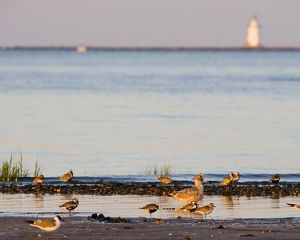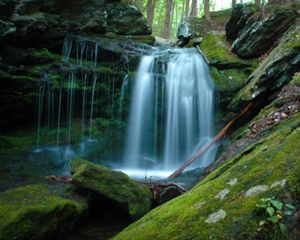Freshwater Conservation
The Nature Conservancy is helping to reconnect and protect rivers and streams around Connecticut.

It can be good to go with the flow . . . whether you’re a person or water. The Nature Conservancy is helping more rivers and streams to get back to their roots and do exactly that in Connecticut.
Reconnected rivers—free from dams, culverts and other infrastructure—can have positive ripple effects far beyond their banks. Fish can migrate to spawning grounds, surrounding habitats are restored and wildlife returns. When dams or culverts are required, improved design can make a world of difference. Reconnected and restored rivers benefit people, too: They often mitigate flooding and damage in severe storms.
As extreme weather intensifies, nature needs free-flowing waterways and stronger ecosystems more than ever. TNC is working to conserve 620,000 miles of healthy rivers and streams by 2030.
“We hope that as more people understand the immense value of reconnecting rivers, we’ll see additional support for these efforts,” says Emily Hadzopulos, TNC's freshwater restoration project manager in Connecticut.
“Removing dams and letting rivers flow freely allows for transportation of sediment to revitalize marshes; fish to access historic spawning grounds; and flood plains to function more naturally and grow resilient to a changing climate, which can reduce flood risk.”
Our freshwater ecosystems—the rivers, floodplains, tidal wetlands and coastal areas of Connecticut—work hard to sustain our way of life, and themselves. The good news is that degraded ecosystems can recover quickly, and those still intact and functioning can be protected for future generations—all with your help.






